Now that I have the necessary images I have started work on the 1st of the REN II scenarios. This will be my remake of Richard White’s study of the battle of Marj Dabik 24 August 1516 (where the flower of Mamluk cavalry came face to face with the Ottoman cannon and Janissaries and lost) which shipped with the original game. I have strong memories of the coverage of the battle in one of my undergraduate history lectures at SOAS in the early 1980’s and how we were advised to keep an open mind as to importance of internal disagreements on the Mamluk side or superior Ottoman military technology in deciding who won.
Last weekend I wrestled (in the end successfully) with how to construct an revised order of battle both incorporating some changes to reflect my own ideas on army composition and also to enable my new unit and leader portraits to show up in the right places.
With the long bank holiday weekend I have started the process of tackling the deployments of the two armies. (no in game reinforcements to worry about for this one) Once I have got this aspect of the scenario sorted out I will need to tackle the somewhat more complex issue of assigning objectives and the rather more daunting one of generating my own variants of the AI scripts for the game.
In the meantime please see below a screenshot of the deployed Mamluk left wing. I have highlighted a unit stack to show what the unit and leader portraits look like in game. 1 of the units in stack has been selected to show the way the new REN II unit boxes light up when this is done.
Its clear that the creation of modified scenarios and the design of new ones from scratch is going to need large chunks of contiguous time (at least to start with) I will therefore use the smaller chunks of time I have available on weekday evenings to carry on making unit and leader portraits.. Please also see below a screenshot of the “Units” file showing the 45 new Persian images added this week.
There are 2 types of Safavid Persians as I found out doing research for this mod that the first Safavid Shah (Shah Ismail) used an entirely different flag from the Lion standard employed by his successors. Also present are 7 “Other Persian” images which when used together with the 8 earlier “Turcoman images and new dedicated command images (to be added in the “Leaders” file) can be used to represent armies of earlier Iranian dynasties such as the “Black Sheep” and “White Sheep” Turcoman confederations.
Enjoy
Ian
Last weekend I wrestled (in the end successfully) with how to construct an revised order of battle both incorporating some changes to reflect my own ideas on army composition and also to enable my new unit and leader portraits to show up in the right places.
With the long bank holiday weekend I have started the process of tackling the deployments of the two armies. (no in game reinforcements to worry about for this one) Once I have got this aspect of the scenario sorted out I will need to tackle the somewhat more complex issue of assigning objectives and the rather more daunting one of generating my own variants of the AI scripts for the game.
In the meantime please see below a screenshot of the deployed Mamluk left wing. I have highlighted a unit stack to show what the unit and leader portraits look like in game. 1 of the units in stack has been selected to show the way the new REN II unit boxes light up when this is done.
Its clear that the creation of modified scenarios and the design of new ones from scratch is going to need large chunks of contiguous time (at least to start with) I will therefore use the smaller chunks of time I have available on weekday evenings to carry on making unit and leader portraits.. Please also see below a screenshot of the “Units” file showing the 45 new Persian images added this week.
There are 2 types of Safavid Persians as I found out doing research for this mod that the first Safavid Shah (Shah Ismail) used an entirely different flag from the Lion standard employed by his successors. Also present are 7 “Other Persian” images which when used together with the 8 earlier “Turcoman images and new dedicated command images (to be added in the “Leaders” file) can be used to represent armies of earlier Iranian dynasties such as the “Black Sheep” and “White Sheep” Turcoman confederations.
Enjoy
Ian
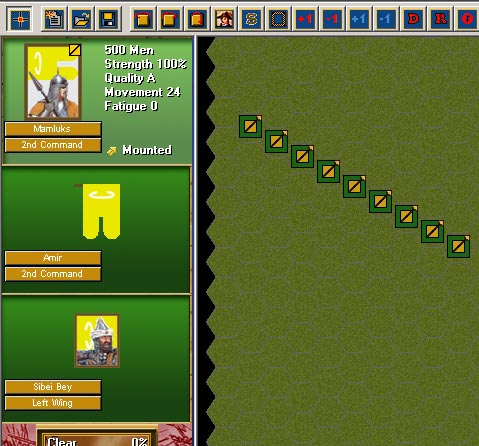
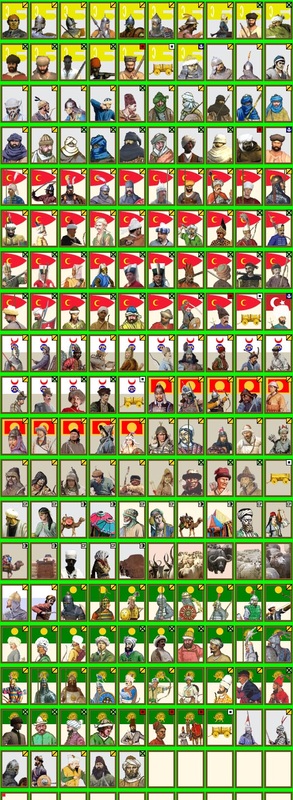
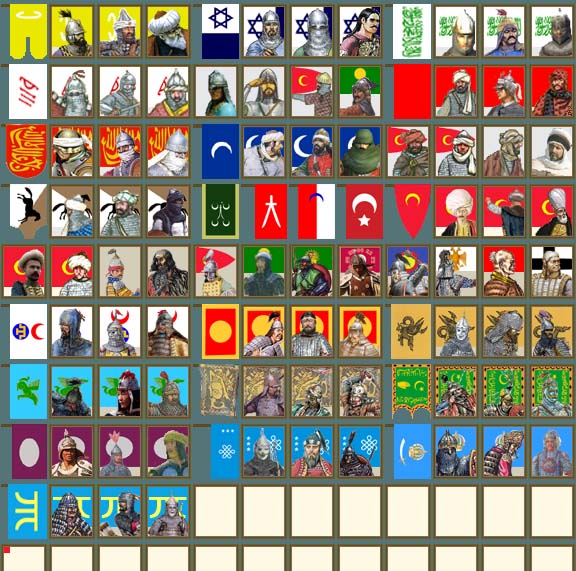

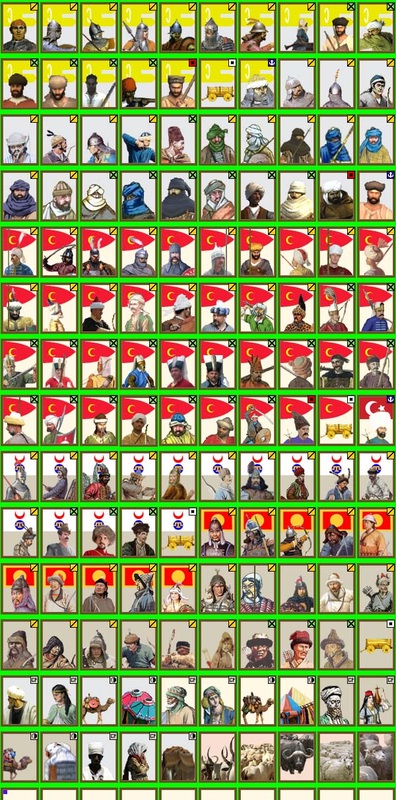
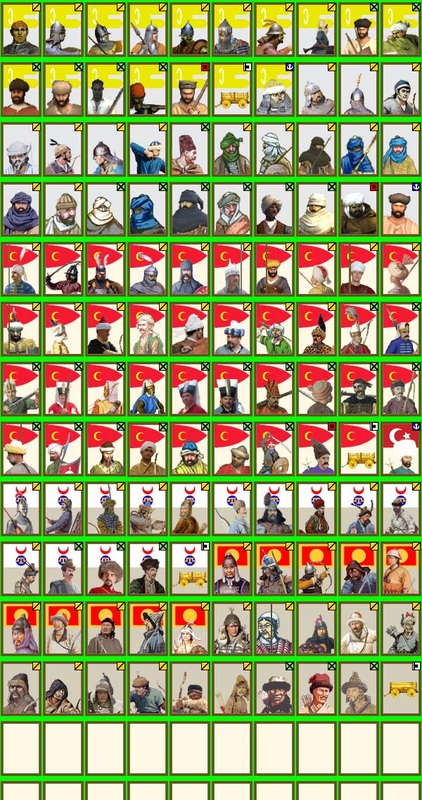
 RSS Feed
RSS Feed